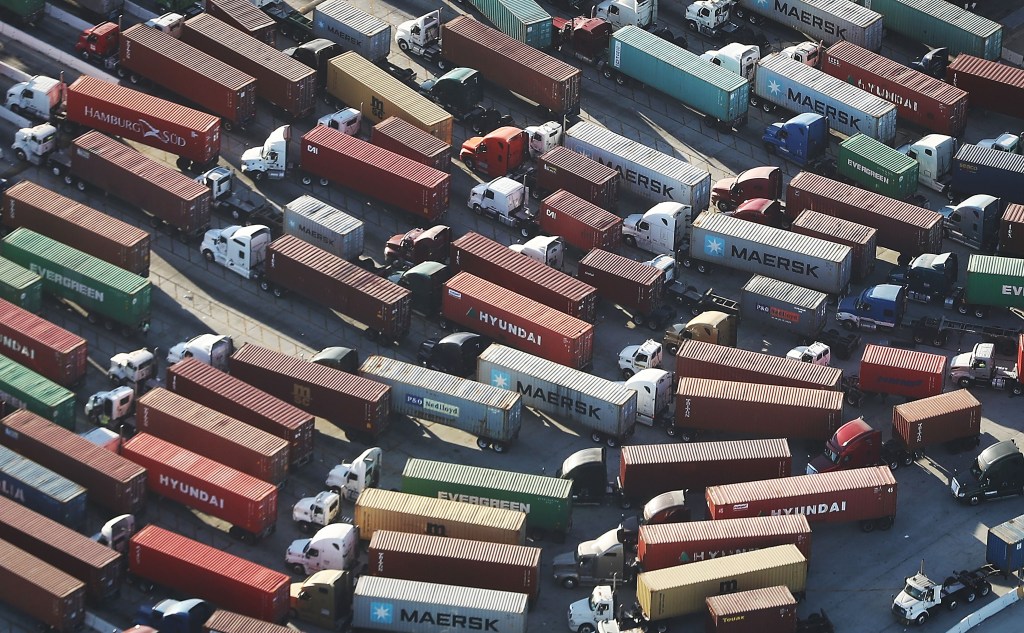In the current global economic climate, marked by escalating trade tensions and the imposition of tariffs, innovative solutions are being sought to navigate these challenges. One such solution emerges from the realm of Web3 technologies, which offer decentralized and transparent mechanisms that could potentially transform international trade dynamics.
The Current Trade Landscape
Recent developments have seen the United States, under President Donald Trump, implementing significant tariffs on imports from countries like Canada, Mexico, and China. These measures have led to retaliatory actions, creating a complex web of trade restrictions that impact global markets. For instance, China’s imposition of a 10% tariff on U.S. crude oil and agricultural machinery has intensified concerns about prolonged trade disputes. ([ainvest.com](https://www.ainvest.com/news/trump-tariffs-spark-bitcoin-demand-surge-uae-embraces-web3-2502/?utm_source=openai))
Web3: A Decentralized Solution
Web3 technologies, characterized by decentralized networks and blockchain-based systems, offer a promising avenue to address the challenges posed by tariff wars. By leveraging transparent and immutable ledgers, Web3 can enhance trust and efficiency in cross-border transactions, potentially mitigating the adverse effects of tariffs.
Case Study: Watr’s Blockchain Platform
A notable example is Watr, a Web3 startup founded by former executives from Shell, BP, and J.P. Morgan. Led by Maryam Ayati, Watr has developed a blockchain platform that tracks commodities, ensuring compliance with tariffs and regulations before transactions occur. This system utilizes decentralized identifiers and digital fingerprints to verify the origin and movement of goods, providing a transparent mechanism to assess tariff obligations.
Implications for Global Trade
The integration of Web3 technologies into global trade offers several potential benefits:
1. Enhanced Transparency: Blockchain’s immutable records provide a clear and verifiable history of transactions, reducing the risk of fraud and misrepresentation.
2. Regulatory Compliance: Automated systems can ensure that all trade activities adhere to existing tariffs and regulations, minimizing the likelihood of disputes.
3. Operational Efficiency: By streamlining processes and reducing the need for intermediaries, Web3 can lower transaction costs and expedite trade flows.
Challenges and Considerations
Despite its potential, the adoption of Web3 in mitigating tariff impacts faces several challenges:
– Technological Integration: Implementing blockchain solutions requires significant investment and a shift from traditional systems.
– Regulatory Acceptance: Governments and regulatory bodies may be hesitant to embrace decentralized technologies due to concerns over control and oversight.
– Market Volatility: The cryptocurrency market, integral to many Web3 applications, is known for its volatility, which could pose risks to stability.
Conclusion
As trade tensions continue to shape the global economic landscape, Web3 technologies present a compelling option to navigate and potentially alleviate the challenges posed by tariff wars. By fostering transparency, compliance, and efficiency, these decentralized systems could redefine international trade practices. However, realizing this potential requires overcoming technological, regulatory, and market-related hurdles.



